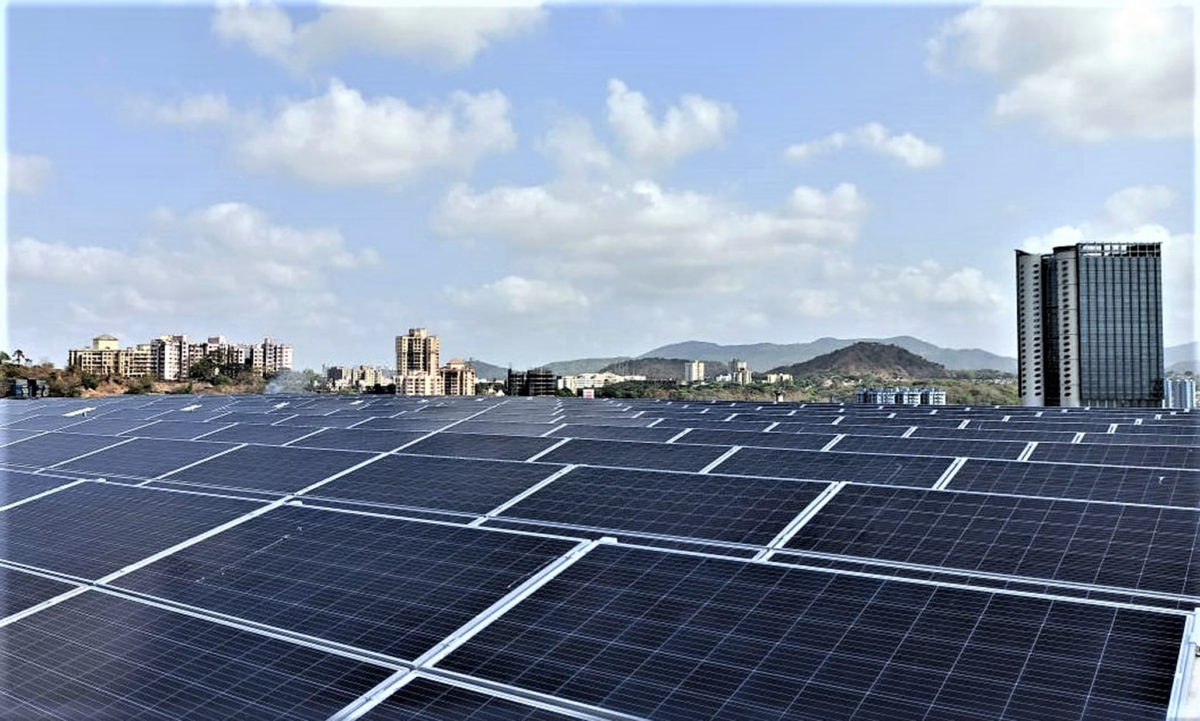India aims to achieve 100 GW of solar installation by 2022. However, as per the Ministry of New and Renewable Energy (MNRE), the nation had achieved only 51 GW of solar by Feb 2022. While we haven’t met the goal, there has been meaningful and significant growth in the overall solar industry. Also, the Government has set a steeper target of 280 GW of solar to be achieved by 2030. While there is a lot of focus on increasing the installed solar capacity, equal focus is required on the sourcing and production of the requisite raw material to meet the increased demand for solar hardware.
As of date, about 95% of RE hardware is imported directly or indirectly from China. For comparison, China has over 340 GW of solar wafer manufacturing capacity against a 3 GW cell manufacturing capacity in India. This 3GW domestic capacity is mostly utilized for captive production of modules.
Of the 8GW module production capacity, 80% remains unutilised due to the high demand for Chinese modules on account of the competitive pricing of Chinese modules per watt.
To support the domestic solar manufacturing industry and safeguard it from the dumping of Chinese hardware, the Indian government, under the scheme of Atmanirbhar Bharat, came up with the policy of Approved List of Module Manufacturer (ALMM) Solar Photovoltaic Module order of 2019.
The MNRE had issued a notice to increase the Basic Customs Duty (BCD) by 40% on the import of modules and cells. Moreover, through the ALMM policy, MNRE has mandated all Government solar projects must use only panel brands listed in ALMM. This order, which was later expanded to include even non-Government projects for net metering and Open Access, was to be applicable from the 1st of April 2022.
However, considering the challenges faced by solar developers in commissioning the ongoing projects and protests from several industry bodies, MNRE deferred the policy implementation by six months till October. Though this provides interim relief to the solar developers, we need to look for concrete solutions to address the issue of the over-dependence of our solar sector on imports.
Capacity building must be our primary focus to address our dependency on imports. In the union budget of 2022, INR 50,000 crore have been allocated to boost the manufacturing of solar modules under the government’s flagship production-linked incentive (PLI) scheme. It means incentivising the hardware supply side. The PLI includes subsidized land and tax rates to set up manufacturing units and incentives to improve investments in Research and Development.
While ALMM does support domestic manufacturers, this is not a sustained solution considering the wide demand-supply gap. Disincentivising imports could be a workable strategy when there would be enough or more capacity back home. As of today, India needs to build production capacity not just to meet its demand but also to emerge as a strong alternative photovoltaic supplier to the world.
Oorjan Cleantech is one of the fastest growing technology- and finance-enabled distributed solar energy companies for rooftop solar in India.
The views and opinions expressed in this article are the author’s own, and do not necessarily reflect those held by pv magazine.
This content is protected by copyright and may not be reused. If you want to cooperate with us and would like to reuse some of our content, please contact: editors@pv-magazine.com.








By submitting this form you agree to pv magazine using your data for the purposes of publishing your comment.
Your personal data will only be disclosed or otherwise transmitted to third parties for the purposes of spam filtering or if this is necessary for technical maintenance of the website. Any other transfer to third parties will not take place unless this is justified on the basis of applicable data protection regulations or if pv magazine is legally obliged to do so.
You may revoke this consent at any time with effect for the future, in which case your personal data will be deleted immediately. Otherwise, your data will be deleted if pv magazine has processed your request or the purpose of data storage is fulfilled.
Further information on data privacy can be found in our Data Protection Policy.